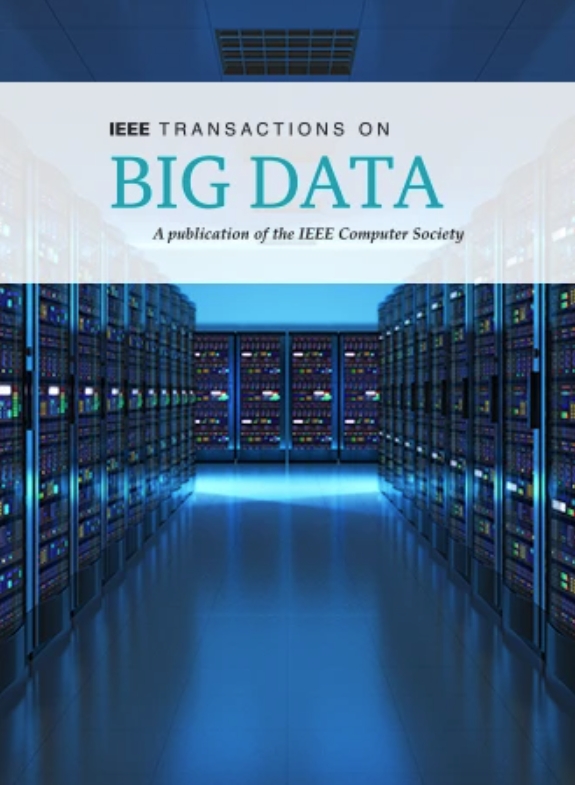用于半监督节点分类的自洽图神经网络
IF 7.5
3区 计算机科学
Q1 COMPUTER SCIENCE, INFORMATION SYSTEMS
引用次数: 0
摘要
图神经网络是一种基于深度学习的强大的图表示技术,近年来引起了人们的极大研究兴趣。尽管许多GNN在一组标准基准数据集上实现了最先进的准确性,但它们仍然局限于传统的半监督框架,并且缺乏足够的监督信息,尤其是对于大量未标记的数据。为了克服这一问题,我们提出了一种新的自洽图神经网络(SCGNN)框架,从两个方面丰富监督信息:未标记数据的自洽性和标记数据的标记信息。首先,为了从众多未标记节点中提取自监督信息,我们执行图数据扩充,并利用自一致约束来最大化未标记节点在不同扩充图视图中的相互信息。自一致性可以充分利用图的内在结构属性,从未标记的数据中提取自监督信息,提高后续的分类结果。其次,为了进一步从稀缺的标记节点中提取监督信息,我们引入了一种融合机制,通过融合两个正图视图的节点表示来获得全面的节点嵌入,并优化标记节点上的分类损失,以最大限度地利用标记信息。在节点分类任务中,我们对六个公共基准数据集进行了全面的实证研究。就准确性而言,SCGNN比最佳基线平均提高了2.08%,特别是在疾病数据集上提高了5.8%。本文章由计算机程序翻译,如有差异,请以英文原文为准。
Self-Consistent Graph Neural Networks for Semi-Supervised Node Classification
Graph Neural Networks (GNNs), the powerful graph representation technique based on deep learning, have attracted great research interest in recent years. Although many GNNs have achieved the state-of-the-art accuracy on a set of standard benchmark datasets, they are still limited to traditional semi-supervised framework and lack of sufficient supervision information, especially for the large amount of unlabeled data. To overcome this issue, we propose a novel self-consistent graph neural networks (SCGNN) framework to enrich the supervision information from two aspects: the self-consistency of unlabeled data and the label information of labeled data. First, in order to extract the
self-supervision information
from the numerous unlabeled nodes, we perform graph data augmentation and leverage a self-consistent constraint to maximize the mutual information of the unlabeled nodes across different augmented graph views. The self-consistency can sufficiently utilize the intrinsic structural attributes of the graph to extract the
self-supervision information
from unlabeled data and improve the subsequent classification result. Second, to further extract supervision information from scarce labeled nodes, we introduce a fusion mechanism to obtain comprehensive node embeddings by fusing node representations of two positive graph views, and optimize the classification loss over labeled nodes to maximize the utilization of label information. We conduct comprehensive empirical studies on six public benchmark datasets in node classification task. In terms of accuracy, SCGNN improves by an average of 2.08% over the best baseline, and specifically by 5.8% on the Disease dataset.
求助全文
通过发布文献求助,成功后即可免费获取论文全文。
去求助
来源期刊

IEEE Transactions on Big Data
Multiple-
CiteScore
11.80
自引率
2.80%
发文量
114
期刊介绍:
The IEEE Transactions on Big Data publishes peer-reviewed articles focusing on big data. These articles present innovative research ideas and application results across disciplines, including novel theories, algorithms, and applications. Research areas cover a wide range, such as big data analytics, visualization, curation, management, semantics, infrastructure, standards, performance analysis, intelligence extraction, scientific discovery, security, privacy, and legal issues specific to big data. The journal also prioritizes applications of big data in fields generating massive datasets.
 求助内容:
求助内容: 应助结果提醒方式:
应助结果提醒方式:


